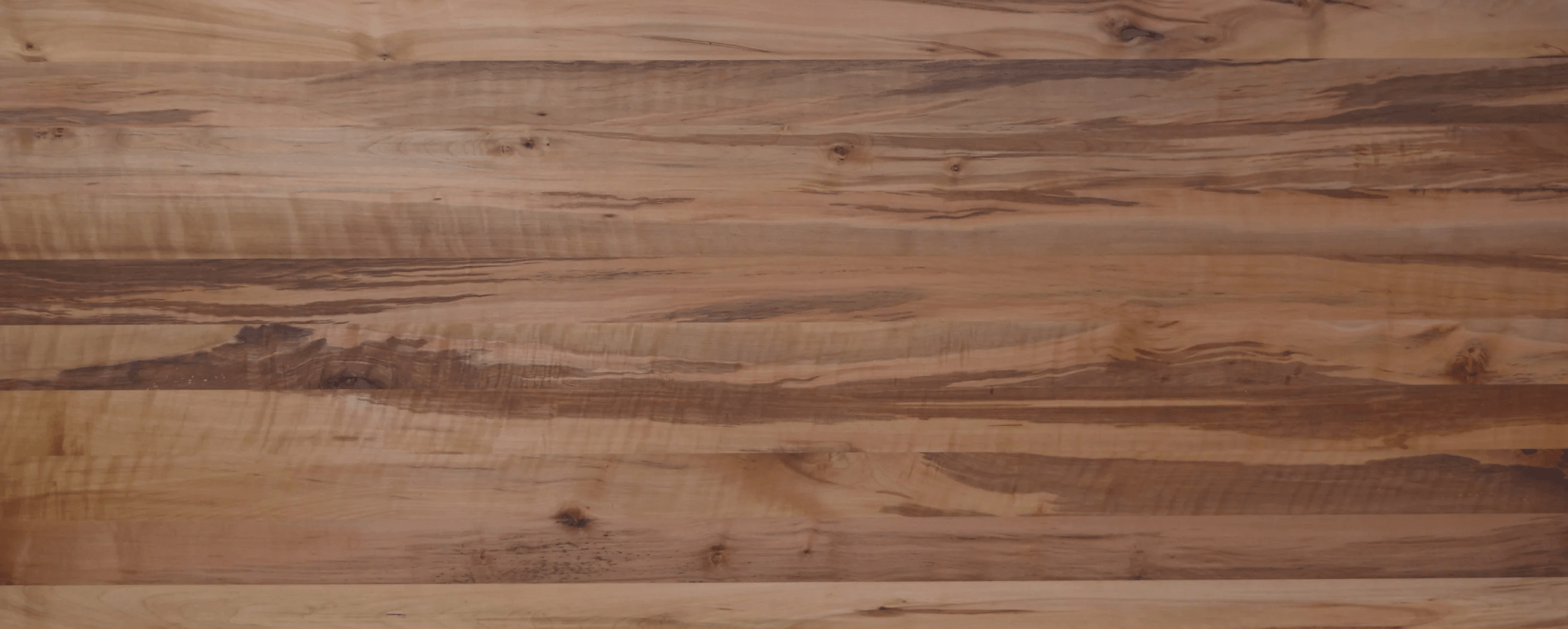Custom furniture is made in 4-6 weeks, some items are in stock. If you need something faster, just let us know.

The Case for New Zealand Beech Flooring: A Sustainable Choice for Kiwi Homes
Posted on
A Locally Sourced, Sustainable Flooring Solution
New Zealand’s native forests offer a valuable resource—sustainably managed beech timber—that is carefully harvested under the Ministry for Primary Industries (MPI) Sustainable Management Plan and the Forests Act 1949. Every tree harvested is tagged and GPS trackable, ensuring transparency and adherence to strict environmental standards.
Despite this, many builders and homeowners overlook native beech in favor of imported hardwood flooring. However, the data tells a compelling story: there is more than enough sustainably harvested beech available to floor every single new home built in New Zealand each year.
Total Beech Harvest Potential vs. Demand for Flooring
Based on the most recent MPI permit data, New Zealand allows for a total permitted annual harvest of 575,000 cubic meters of beech timber under sustainable management plans. This volume is vastly higher than the 23,000 cubic meters currently harvested each year.
Once processed, approximately 40% of this timber is converted into usable flooring, yielding around 230,000 cubic meters of flooring material annually. Given that 10mm overlay beech flooring is an efficient and high-yield product, this translates to a staggering 23 million square meters of flooring every year.
How Many Homes Could Have Beech Flooring?
The average new home size in New Zealand is 158 square meters. With the amount of beech flooring available, we could fully floor 145,570 homes annually with native beech.
In contrast, the total number of new homes built in New Zealand per year is around 37,000. This means that there is enough sustainably managed beech timber available to provide native timber flooring for every single new home multiple times over.
Why Choose New Zealand Beech Flooring?
- Sustainably Managed & Traceable – Unlike imported hardwoods, all beech harvested in New Zealand is legally tracked, ensuring compliance with sustainability regulations.
- Low Carbon Footprint – Sourcing beech locally reduces emissions associated with transportation and helps support local industries.
- Beautiful & Durable – New Zealand beech is known for its attractive grain, warm tones, and long-lasting strength.
- Supports Local Forestry & Manufacturing – Choosing New Zealand beech helps create jobs, supports rural economies, and encourages the growth of sustainable forestry practices.
- Availability – With more than enough beech timber permitted for harvest, it’s a readily available and underutilized resource.
The Opportunity for the Construction Industry
New Zealand’s building industry is experiencing supply chain disruptions and rising costs for imported materials. With an abundance of high-quality, sustainable beech timber available locally, it makes economic and environmental sense to prioritize NZ beech flooring for new builds and renovations.
By supporting sustainable native timber use, builders and homeowners can make a responsible choice—one that reduces reliance on imports, strengthens the local economy, and ensures the long-term health of our indigenous forests.
Final Thought: A Homegrown Legacy
New Zealand has the opportunity to lead the way in sustainable forestry and native timber utilization. The numbers are clear: we can provide every new home with beautiful, locally sourced beech flooring while keeping our forests healthy and protected for future generations.
It’s time for the building industry to rethink flooring choices and embrace the natural beauty, sustainability, and practicality of New Zealand beech.
Sources:
https://www.mpi.govt.nz/dmsdocument/712-registered-sustainable-forest-management-plans-and-permits

Leave a comment: